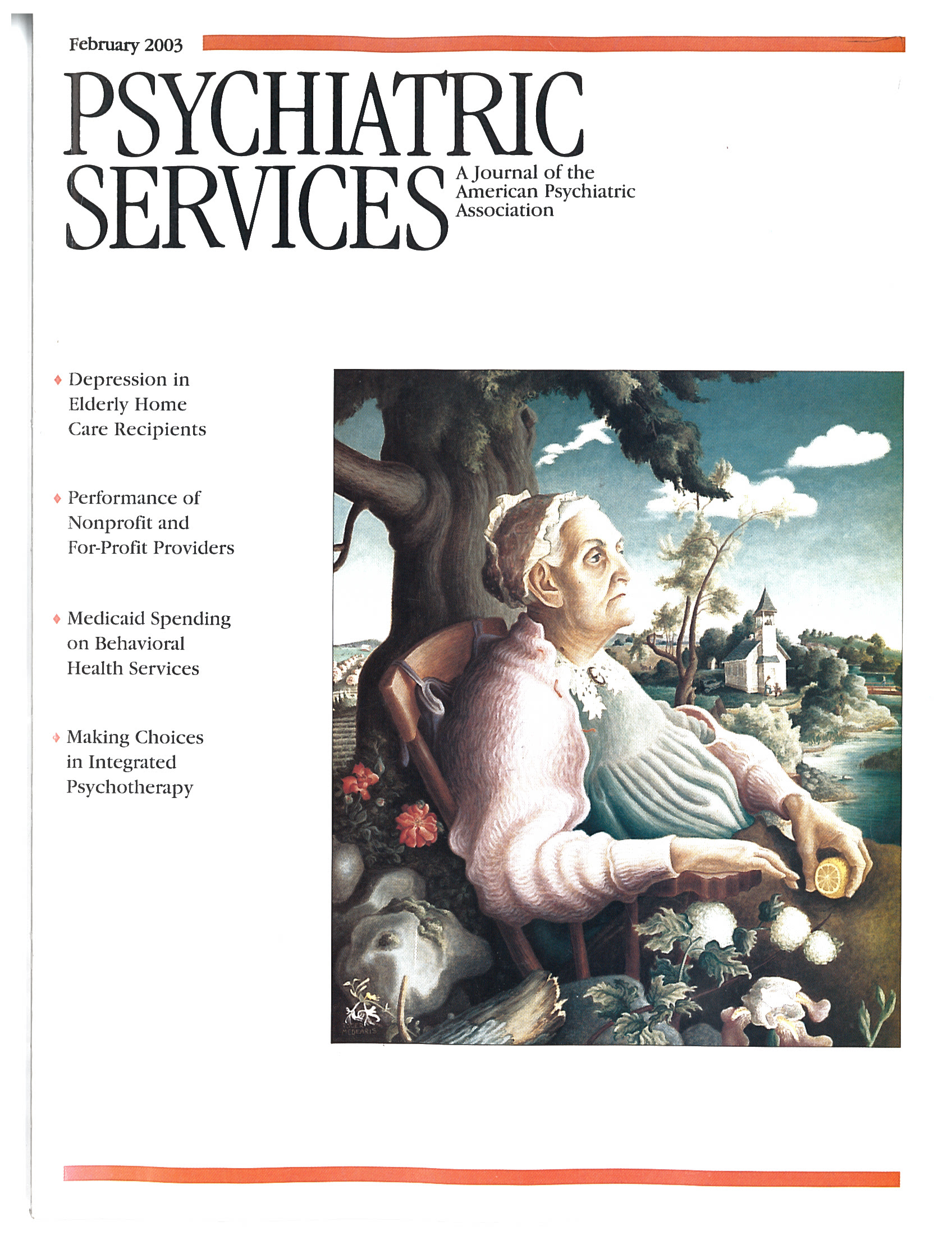Schizophrenia Revealed: From Neurons to Social Interactions
Schizophrenia Revealed begins with the premise that in many ways schizophrenia has long been viewed as a mystery. However, over the past decade advances in research and changing perspectives on schizophrenia have greatly improved understanding of this illness. In this book, Michael Foster Green, Ph.D., describes major recent developments in schizophrenia research.
The text is divided into seven chapters. The first considers the features of schizophrenia from early views of the disorder in the works of Bleuler and Kraepelin to clinical symptoms, including positive, negative, and disorganized symptoms to DSM-IV diagnosis. The second chapter reviews the literature on the development of schizophrenia, and the third addresses genetics. Dr. Green considers risk factors and the concept of risk versus onset of illness, reviews population studies, examines markers of abnormal development, explains microscopic studies of the brain and the concept of cell migration in the development of neural connections, and addresses family studies, twin studies, and adoption studies as well as molecular genetics.
Chapter 4 is titled "Neurocognitive Deficits" and describes research in schizophrenia involving problems in perception, attention, memory, problem solving, and some aspects of language as well as the tests used to evaluate these areas of functioning. The text flows easily into the next chapter and discussion of neuroimaging in schizophrenia. Early efforts at neuroimaging are described, followed by findings of positron emission tomography (PET) scanning, PET activation studies, magnetic resonance imaging, magnetic resonance spectroscopy, and diffusion tensor imaging; the section concludes with a discussion of disrupted brain regions versus neural circuits.
The last two chapters address interventions and outcomes in schizophrenia. Among the interventions discussed are historical approaches such as wet packs; medications, including first-generation and new-generation antipsychotics; interventions for neurocognitive deficits; family interventions, such as family psychoeducation; and interventions for functional outcome, including assertive community treatment and social skills training. The text considers domains of outcome and personal determinants of functional outcome.
Dr. Green has done a remarkable job in writing Schizophrenia Revealed. The book is designed to work at many levels and succeeds at being everything from an appropriate introductory text for the relatively sophisticated lay reader with an interest in schizophrenia to a good review of current research for a clinician psychiatrist working in the community. Like the best teachers, Dr. Green has a knack for explaining complex concepts in a fashion that makes them accessible. Furthermore, adept use of analogies, case material, references to popular films, and quotations from the likes of Mark Twain and Oscar Wilde make Schizophrenia Revealed a fascinating and compelling read.
Dr. Hackman is medical director of programs of assertive community treatment at the University of Maryland Medical System in Baltimore.



